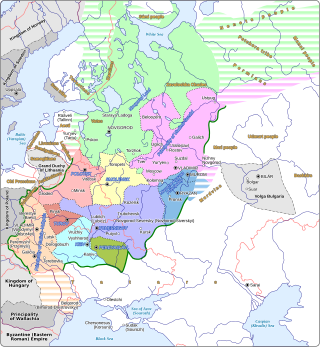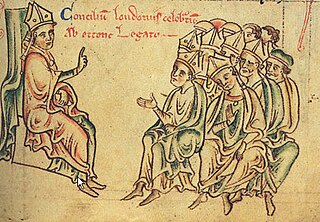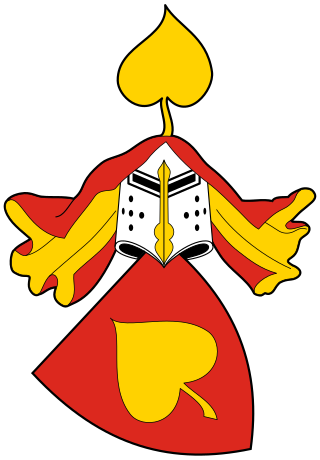Related Research Articles

Wenceslaus I, called One-Eyed, was King of Bohemia from 1230 to 1253.

Przemysł I, a member of the Piast dynasty, was Duke of Greater Poland from 1239 until his death, from 1241 with his brother Bolesław the Pious as co-ruler. He was able to re-acquire large parts of Greater Poland, ruling as Duke of Poznań and Gniezno from 1247 and, upon several inheritance conflicts with his brother, as Duke of Poznań and Kalisz from 1249, sole Duke of Greater Poland from 1250, and Duke of Poznań from 1253 until his death.
Bolesław II the Horned, known also as Bolesław II the Bald, a member of the Silesian Piasts, was High Duke of Poland briefly in 1241 and Duke of Silesia at Wrocław from 1241 until 1248, when the duchy was divided between him and his brothers. After the partition, he ruled the Silesian Duchy of Legnica until his death. The second Mongol raid against Poland, led by Nogai Khan, occurred during his reign.

The Lübeck law was the family of codified municipal law developed at Lübeck, which became a free imperial city in 1226 and is located in present-day Schleswig-Holstein. It was the second most prevalent form of municipal law in medieval and early modern Germany next to the Magdeburg Law.

Środa Śląska is a town in the Lower Silesian Voivodeship, in south-western Poland. It is the seat of Środa Śląska County, and of the smaller administrative district (gmina) called Gmina Środa Śląska. The town lies approximately 32 kilometres (20 mi) west of the regional capital Wrocław, on the Średzka Woda creek. As of 2019, the town has a population of 9,516. It is part of the Wrocław metropolitan area.

Vladislaus I of Opole was a Duke of Kalisz during 1234–1244, Duke of Wieluń from 1234 to 1249 and Duke of Opole–Racibórz from 1246 until his death.

The German town law or German municipal concerns was a set of early town privileges based on the Magdeburg rights developed by Otto I. The Magdeburg law became the inspiration for regional town charters not only in Germany, but also in Central and Eastern Europe who modified it during the Middle Ages. The German town law was used in the founding of many German cities, towns, and villages beginning in the 13th century.

Rostislav Mikhailovich was a Rus' prince, and a dignitary in the Kingdom of Hungary.
The table of years in art is a tabular display of all years in art, for overview and quick navigation to any year.

Otto of Tonengo was an Italian papal diplomat and cardinal, first as deacon of San Nicola in Carcere from 1227 and then as bishop of Porto e Santa Rufina from 1244.

Rátót was the name of a gens in the Kingdom of Hungary. According to Simon of Kéza and other chroniclers, the ancestors of the clan were Italians from Caserta, Naples, by name Rathold and Oliver, who settled down in Hungary around 1097 during the reign of Coloman, King of Hungary. They came to Hungary alongside Felicia of Sicily.
The Seneschal of Gascony was an officer carrying out and managing the domestic affairs of the lord of the Duchy of Gascony. During the course of the twelfth century, the seneschalship, also became an office of military command. After 1360, the officer was the Seneschal of Aquitaine. There was an office above the seneschalcy, the Lieutenancy of the Duchy of Aquitaine, but it was filled only intermittently.
References
- Krallert, Wilfried. Atlas zur Geschichte der deutschen Ostsiedlung. Velhagen & Klasing. Bielefeld. 1958.
- Magocsi, Paul Robert. Historical Atlas of Central Europe: Revised and Expanded Edition. University of Washington Press. Seattle. 2002. ISBN 0-295-98193-8